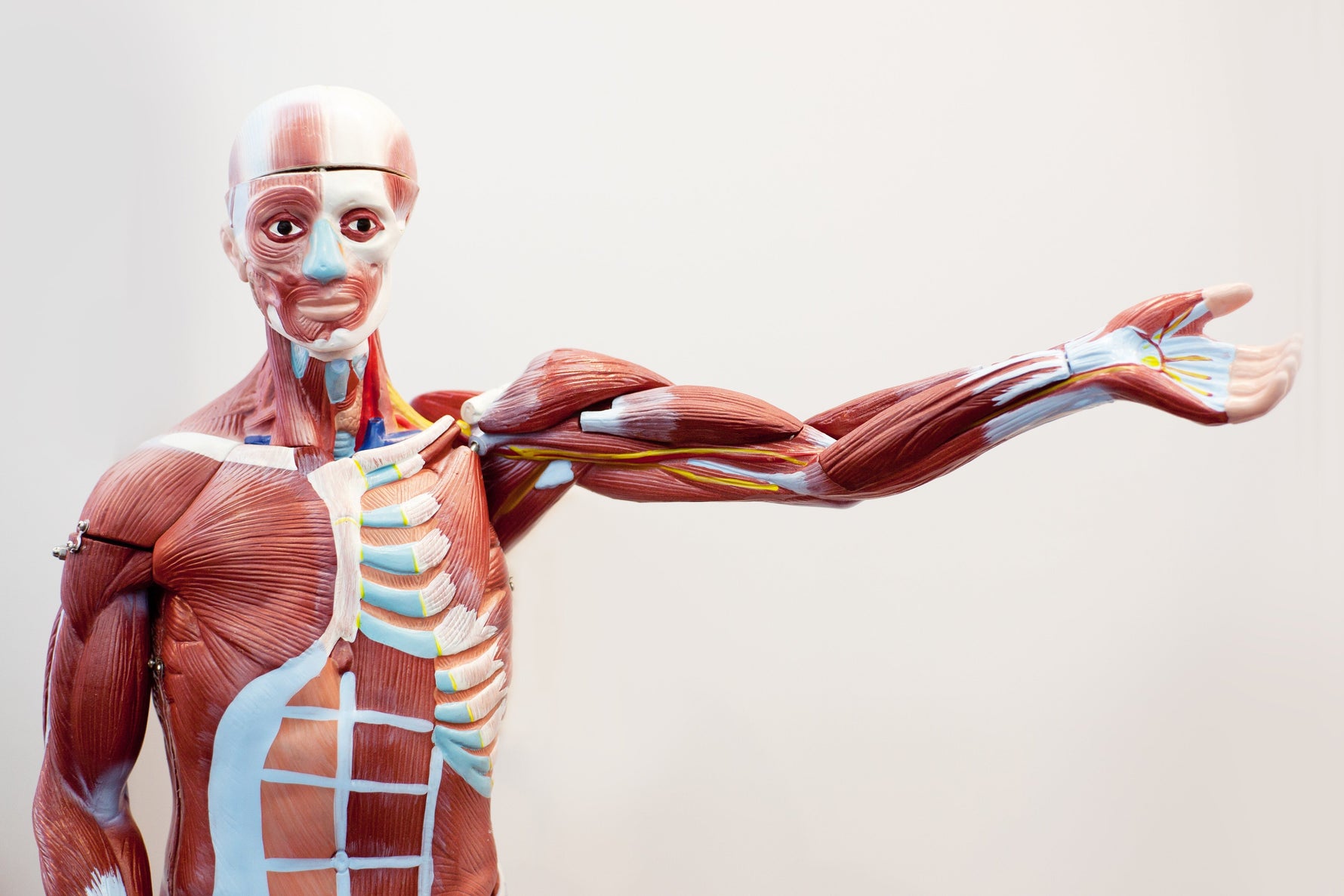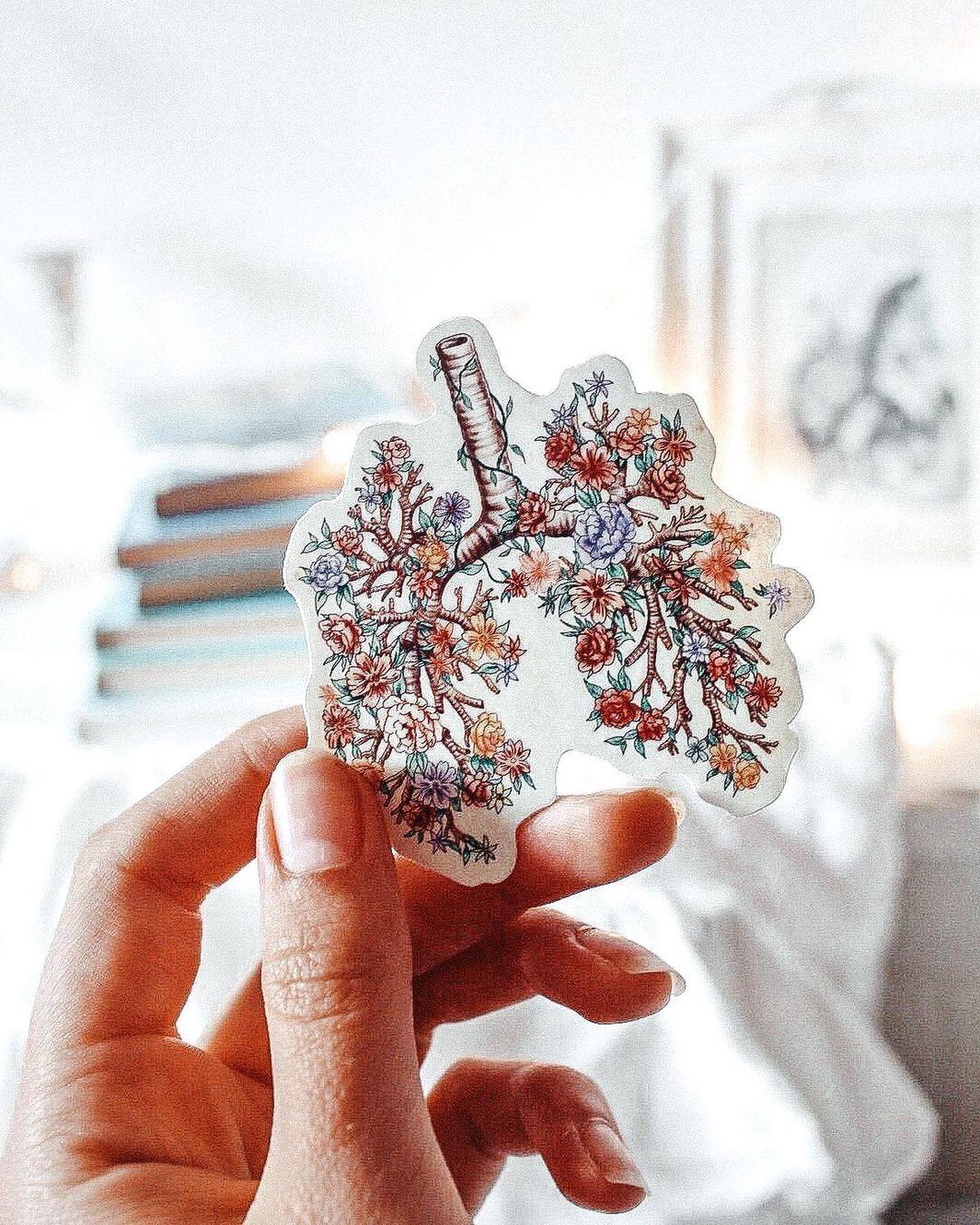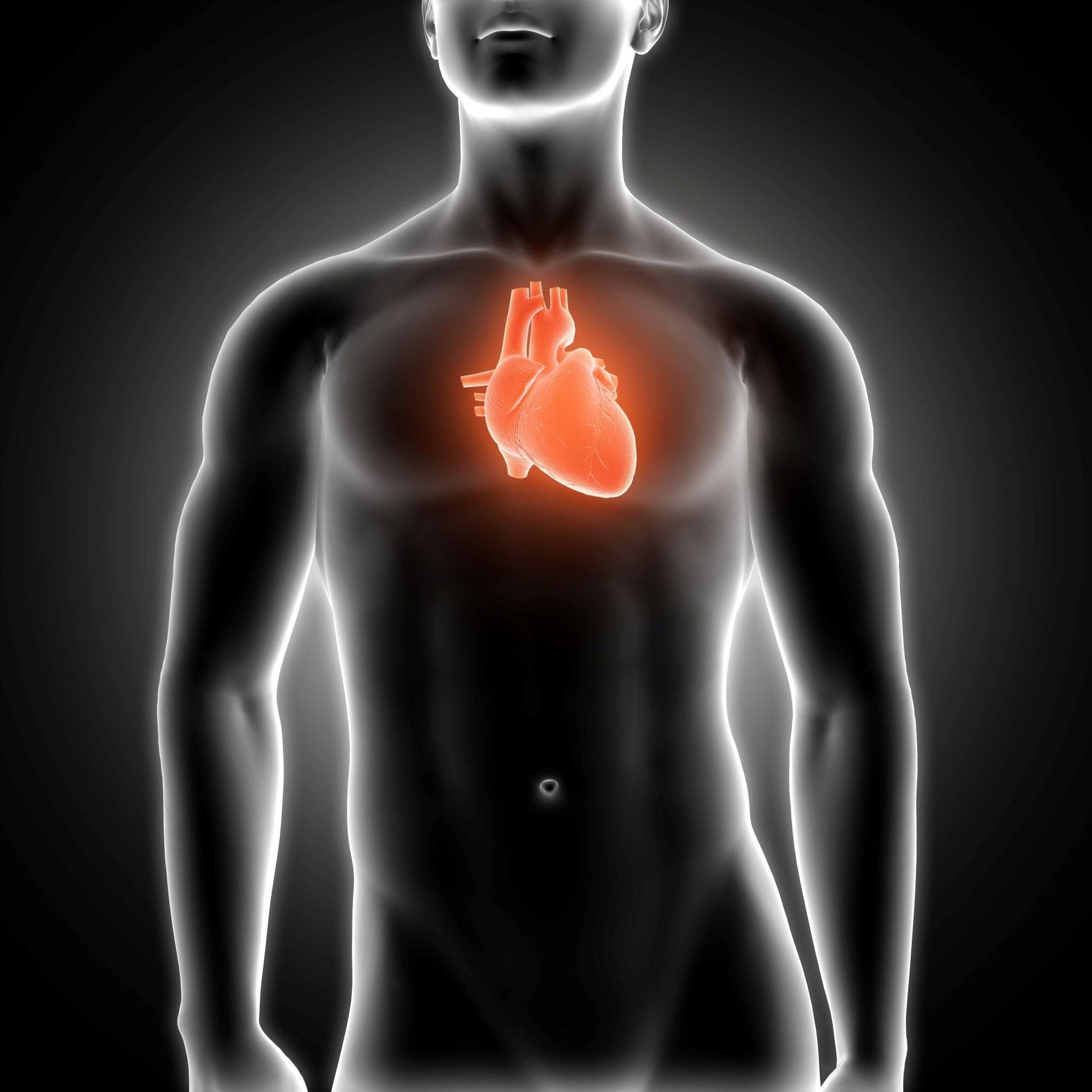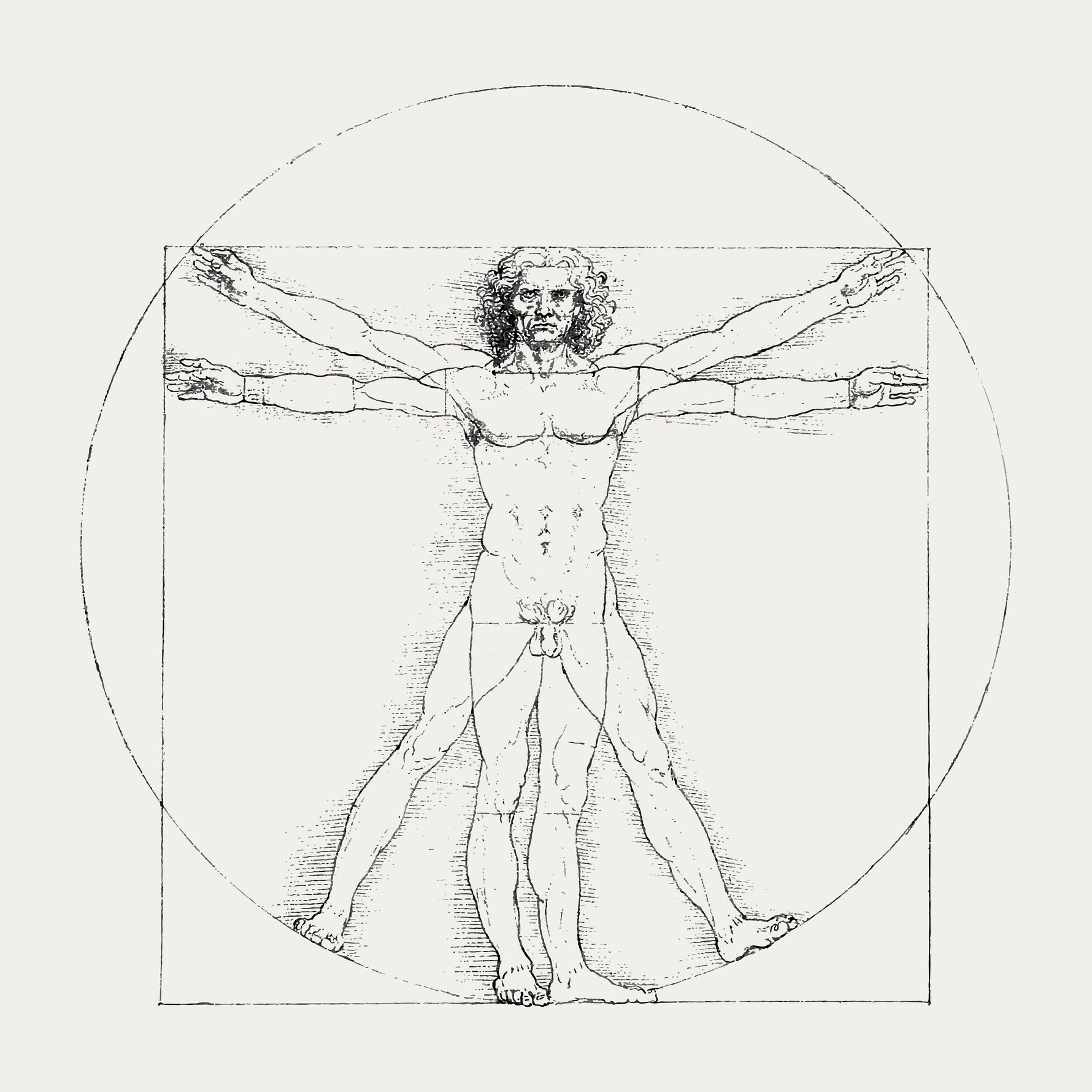In order to use knowledge or skills, it is necessary to access long-term memory. This stores facts, memories, and skills for minutes, years, or a lifetime, depending on their type. What long-term memory entails in detail, how it functions, and what strategies exist against poor long-term memory is explained in this article by Animus Medicus, the shop for anatomy images.
What is Long-Term Memory?
Long-term memory is a mechanism in the human brain. It is capable of storing information and skills over varying periods of time and making them retrievable. The information contained in long-term memory is extremely important for everyday tasks. A weak long-term memory can be managed to a certain extent through cognitive training.
The Structure of Long-Term Memory
Long-term memory is composed of two major areas: "declarative memory" and "non-declarative memory." Both are presented below:
Declarative Memory
Declarative memory is also referred to as knowledge memory. It is capable of storing knowledge, data, and facts as well as memories of events in such a way that they can be retrieved. The information stored here is explicit and can be reproduced verbatim.
Two sub-areas of declarative memory are semantic and episodic memory. Semantic memory stores factual knowledge that is true independent of all people. This includes, for example, the fact that the Earth is a sphere. Episodic memory, on the other hand, stores facts about personal life. Thus, people are able to remember their first kiss.
Non-Declarative Memory
Non-declarative memory is also referred to as behavioral memory. Here, learned sequences of actions or skills are stored. These enable a person, for example, to ride a bicycle. The information stored here is implicit and cannot be reproduced verbatim.
Non-declarative memory is divided into three areas. Procedural memory contains all of a person's skills. Only through the information stored here are we able, for example, to swim.
The second sub-area is priming. Here, various aspects are linked with individual pieces of information. What color are clouds? White. What color is snow? White. What does the cow drink? Milk. Because we have primed our memory for the color white, we think the cow must drink something white. But that is not the case; it drinks water.
The third sub-area of non-declarative memory is conditioning. The best-known example of this is Pavlov's dog. Pavlov always rang a bell when he gave his dog something to eat. This led to the dog eventually producing saliva flow just from hearing the bell, without there being any food.
If you would like to always have your anatomy image with you, we have just the thing for you: phone case with anatomy, for example with images of the heart, lungs, or brain.
Processes of Long-Term Memory
Various processes take place in long-term memory. The first is learning. This means that information is stored in such a way that it does not remain only in short-term memory but moves into long-term memory. Only when this has happened do we have long-term access to such information.
The second process consists of the sub-areas "remembering, retaining, and linking." People are now able to retain the information stored in long-term memory for the long term and recall it when needed. Furthermore, the stored information can be linked within it to derive new information or skills from it. Information that is not used, repeated, consolidated, and networked is deleted from long-term memory again.
Differences from Other Memory Areas
There are different memory areas in the human brain, each fulfilling different tasks and possessing their own special characteristics and abilities. The three most important are presented in the following table:
Ultra-Short-Term Memory
Short-Term Memory
Long-Term Memory
Registers all sensory perceptions
Also referred to as working memory
Can in principle store an unlimited amount of data
Filtering of impressions
Stores information for about 30 seconds
Depending on the type of learning, information is stored for minutes, years, or a lifetime
Separation of important and unimportant
Used for information that is not needed permanently
stores and sorts incoming information so that we become consciously aware of it for the first time
Stores factual knowledge, skills, and memories
Forwarding of important impressions to short-term memory
Forwards important things to long-term memory; unimportant things are overwritten
Consists of various areas
Characterized by limited storage capacity
Poor long-term memory can be attributed to circumstances (e.g., sleep deprivation) or illnesses
Indispensable for concentration and attention
Through training, the performance of long-term memory can be improved
Related to this topic, we have many different brain posters in our shop, which are excellent for giving as gifts but also for keeping yourself.
Possible Causes of Poor Long-Term Memory
Forgetting is fundamentally not a flaw of long-term memory in the brain, but a completely normal process. When information is not needed or needed too infrequently, we forget it. The same applies to skills we have acquired but do not practice regularly. However, there are various forms of forgetting that indicate poor long-term memory.
There are some people who are unable to store and remember new information. This is called anterograde amnesia. Problems with retrieving information stored in long-term memory, on the other hand, are called retrograde amnesia. The opposite of this is hypermnesia, in which one involuntarily remembers things that are stored in long-term memory.
There are many causes that can lead to poor long-term memory. These include, for example, sleep deprivation and high stress. Psychological stress, such as that caused by the death of loved ones, can also impair long-term memory. But even positive effects such as being in love occasionally have negative impacts on long-term memory. However, with long-lasting problems with long-term memory, illnesses can also be a cause. These include alcohol and drug addiction, but also Alzheimer's, dementia, or Parkinson's.
Conclusion
Weak long-term memory can be attributed to many different causes. If these are disease-related, not only the symptoms must be addressed, but the disease causes themselves. Against other problems, it is possible to improve long-term memory through a slight adjustment of one's life rhythm. Last but not least, it is advisable to regularly perform various memory exercises to maintain the performance of long-term memory. It is important to determine the individual causes of poor long-term memory and address them with individually tailored measures. For questions, you will find many answers in our Help Center or contact us.













